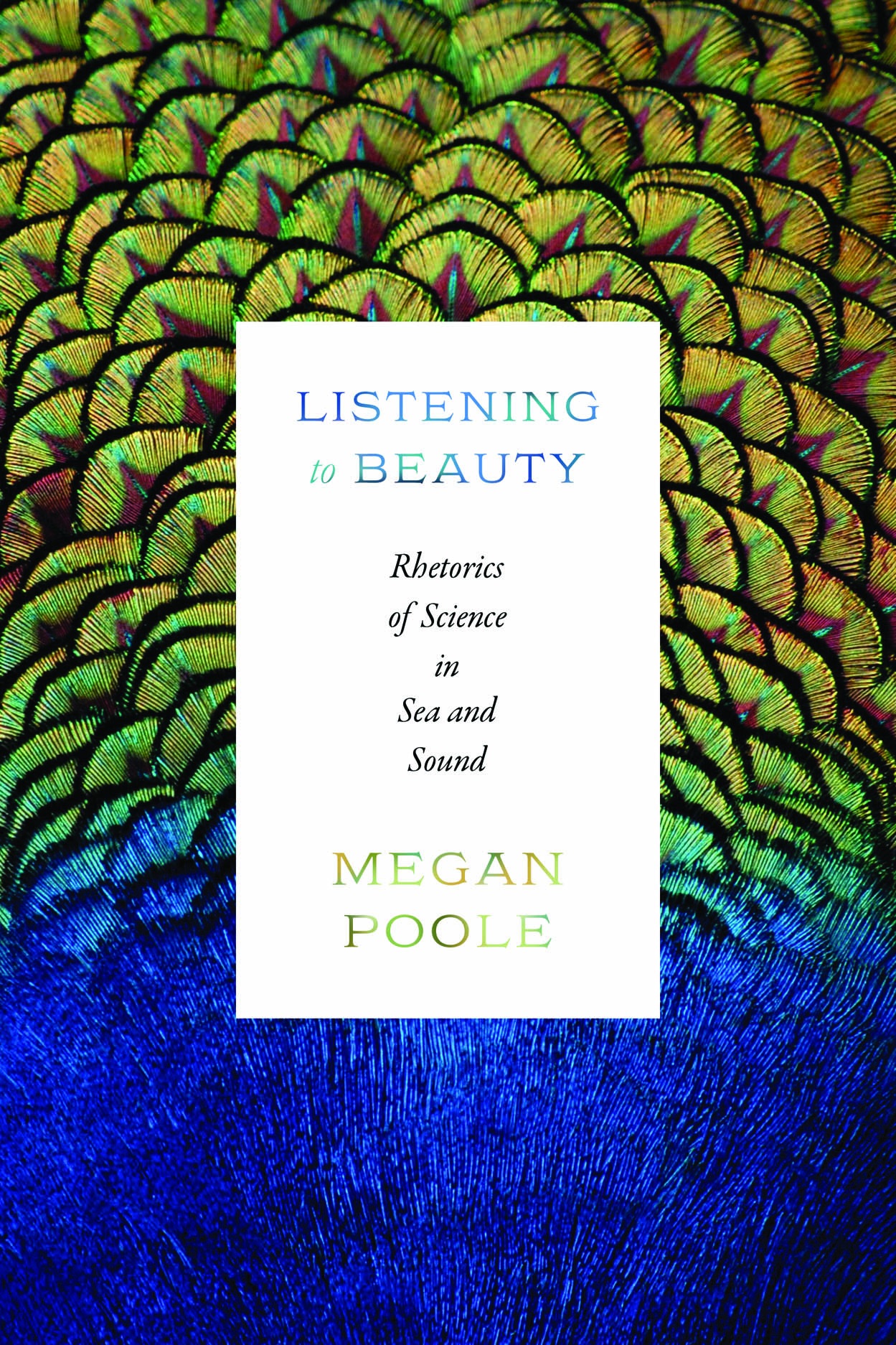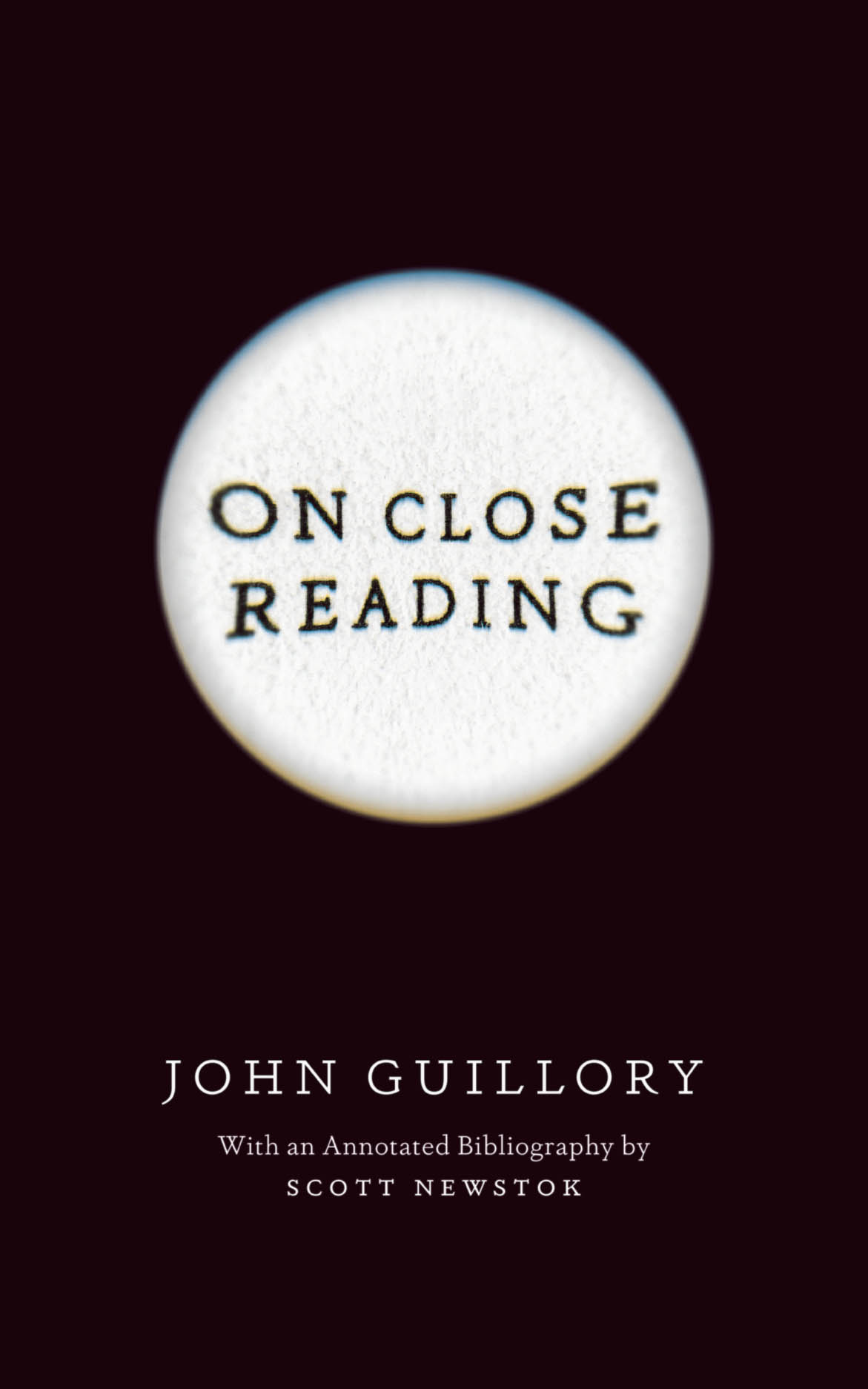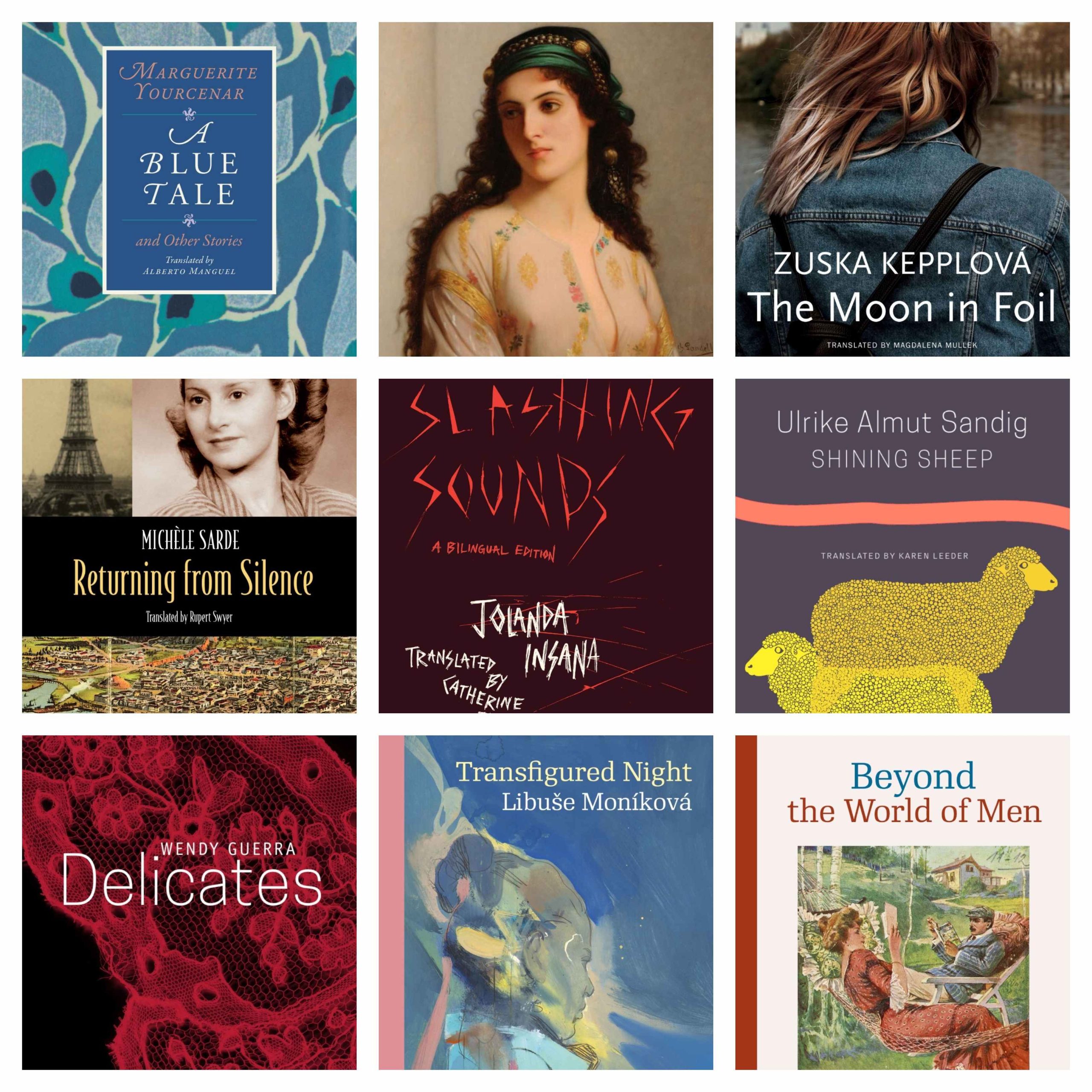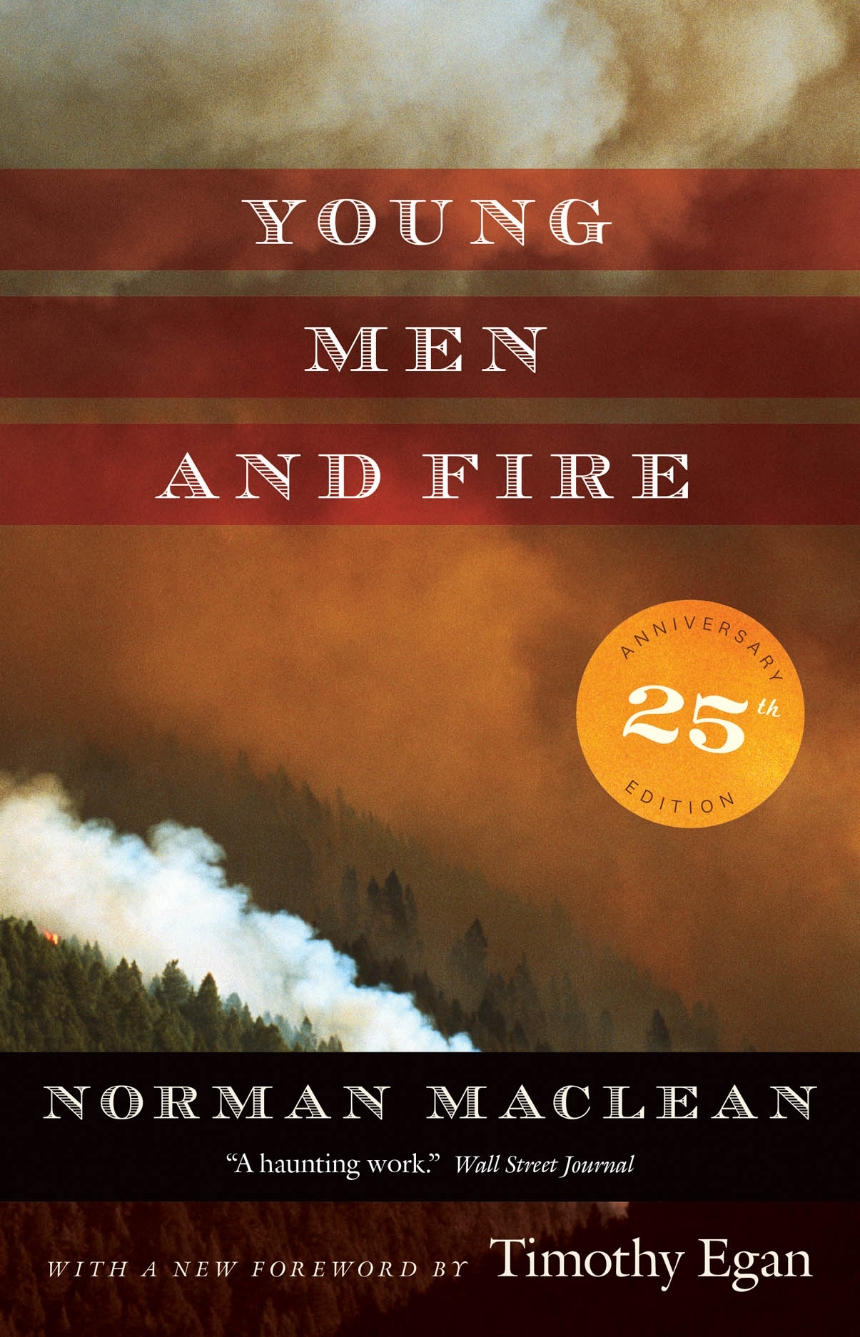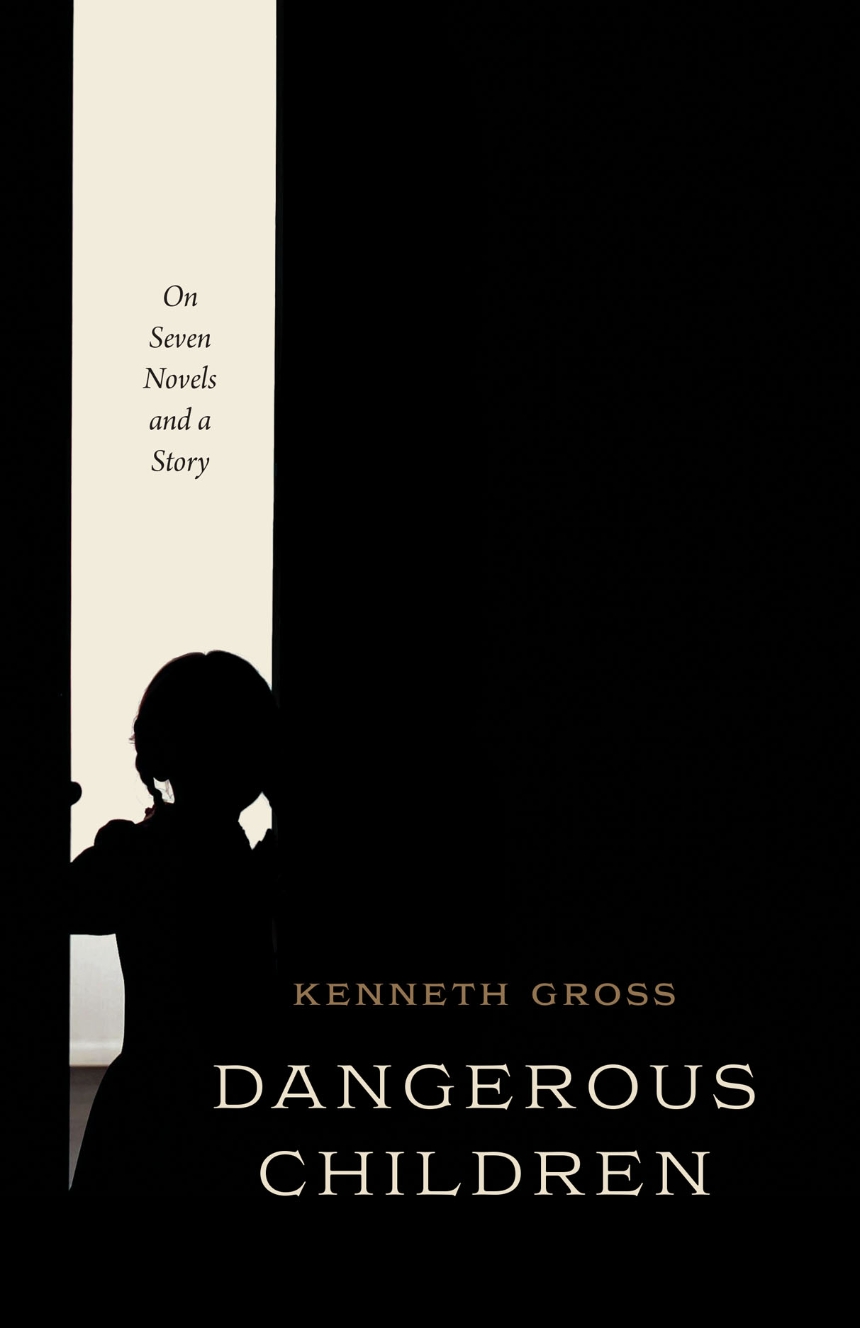Atlas’s Bones is a major new look at Africa’s influence on European culture and how colonization remade Africa in the image of a medieval Europe.
In Listening to Beauty: Rhetorics of Science in Sea and Sound, Megan Poole invites us into a moving study of how encounters with beauty advance
In times of great uncertainty, it’s often art and literature that we turn to for escape, for answers, and for comfort. How many times have
What exactly is “close reading,” and where did the term come from? In On Close Reading, John Guillory takes up two puzzles. First, why did
In honor of Women in Translation Month, we are pleased to share this exciting list of recent books from the University of Chicago Press and
August 5, 2024, marks the seventy-fifth anniversary of Montana’s deadly Mann Gulch fire, immortalized by Norman Maclean in his best-selling book, Young Men and Fire.
The University of Chicago Press mourns the passing of Marjorie Perloff, a long-time Press author and advisor. The following obituary was prepared by her family
In recognition of Black History Month, we’ve curated a reading list spotlighting the rich voices of Black poets and literary authors. These works delve into
In their new book, States of Plagues: Reading Albert Camus in a Pandemic, Alice Kaplan and Laura Marris examine Camus’s novel as a palimpsest of pandemic life,
In Dangerous Children: On Seven Novels and a Story, Kenneth Gross explores our complex fascination with uncanny children in works of fiction. Below, he reflects

